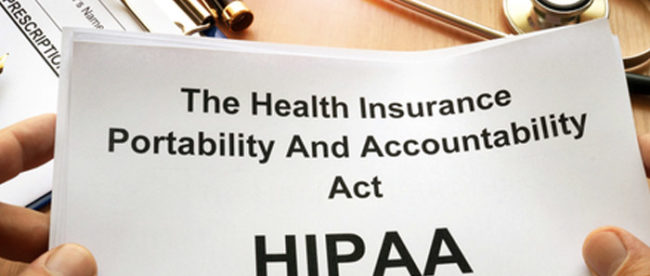Pacific Prime Fundamentals Explained
Table of ContentsThe 4-Minute Rule for Pacific PrimeFascination About Pacific PrimeRumored Buzz on Pacific PrimePacific Prime for BeginnersPacific Prime Fundamentals Explained

This is since the data were gathered for a period of solid economic efficiency. Of the estimated 42 million people who were uninsured, just about regarding 420,000 (regarding 1 percent) were under 65 years old, the age at which most Americans come to be qualified for Medicare; 32 million were grownups between ages 18 and 65, about 19 percent of all grownups in this age team; and 10 million were kids under 18 years of age, regarding 13.9 percent of all children (Mills, 2000).
These estimates of the variety of individuals without insurance are produced from the annual March Supplement to the Existing Population Study (CPS), conducted by the Census Bureau. Unless otherwise kept in mind, nationwide quotes of people without health insurance and percentages of the populace with different sort of coverage are based upon the CPS, one of the most extensively made use of source of estimates of insurance protection and uninsurance rates.
Fascination About Pacific Prime

Still, the CPS is particularly helpful because it produces yearly quotes reasonably quickly, reporting the previous year's insurance protection estimates each September, and since it is the basis for a constant set of quotes for greater than twenty years, permitting evaluation of trends in protection over time. For these factors, as well as the extensive use the CPS in various other research studies of insurance protection that are provided in this record, we rely upon CPS quotes, with restrictions noted.

The price quote of the number of without insurance people expands when a populace's insurance policy standing is tracked for numerous years. Over a three-year period beginning early in 1993, 72 million individuals, 29 percent of the U.S. https://filesharingtalk.com/members/594499-pacificpr1me. populace, were without coverage for a minimum of one month. Within a solitary year (1994 ), 53 million individuals experienced at least a month without coverage (Bennefield, 1998a)
Six out of every 10 without insurance grownups are themselves employed. Functioning does boost the likelihood that one and one's family members will have insurance, it is not an assurance. Even participants of families with two full time breadwinner have nearly a one-in-ten opportunity of being without insurance (9.1 percent without insurance rate) (Hoffman and Pohl, 2000).
The 2-Minute Rule for Pacific Prime
New immigrants represent a considerable proportion of individuals without medical insurance. One evaluation has actually connected a considerable portion of the recent growth in the dimension of the united state without insurance population to immigrants that showed up in the country between 1994 and 1998 (Camarota and Edwards, 2000). Recent immigrants (those who pertained to the USA within the previous four years) do have a high price of being without insurance (46 percent), yet they and their children account for simply 6 percent of those without insurance across the country (Holahan et al., 2001).
The relationship between medical insurance and access to care is well developed, as documented later on in this phase. Although the relationship between health insurance and health and wellness results is neither straight nor basic, a considerable clinical and health services research literary a fantastic read works web links wellness insurance policy protection to better accessibility to care, far better top quality, and boosted individual and population health and wellness status.
Degrees of analysis for taking a look at the impacts of uninsurance. It focuses especially on those without any wellness insurance for any type of length of time.
Getting My Pacific Prime To Work
The troubles dealt with by the underinsured are in some respects comparable to those faced by the uninsured, although they are usually much less severe. Wellness insurance policy, nevertheless, is neither needed nor enough to get access to clinical solutions. The independent and direct impact of health and wellness insurance policy coverage on accessibility to wellness services is well established.
Others will certainly acquire the health and wellness care they require even without medical insurance, by spending for it out of pocket or seeking it from companies who use care cost-free or at extremely subsidized prices. For still others, medical insurance alone does not make sure invoice of care as a result of various other nonfinancial obstacles, such as a lack of health care providers in their neighborhood, limited access to transport, illiteracy, or linguistic and social differences.
Pacific Prime - Truths
Formal research study concerning without insurance populaces in the United States dates to the late 1920s and very early 1930s when the Committee on the Cost of Healthcare created a series of reports about financing medical professional workplace visits and hospitalizations. This problem ended up being prominent as the varieties of clinically indigent climbed during the Great Anxiety.